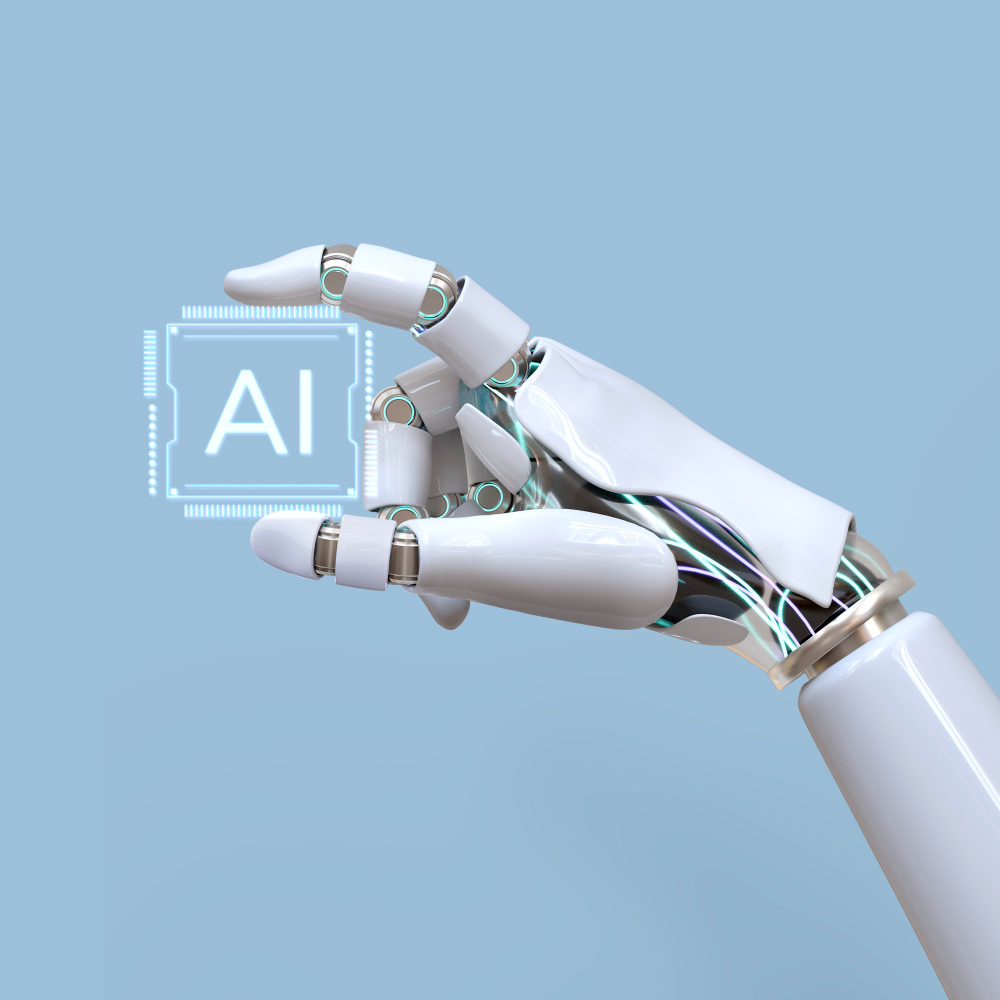Healthcare disparities are a stubborn reality in both developed and developing nations. Whether due to geographic location, socioeconomic status, race, or education, millions of people still face unequal access to quality care and experience significantly worse health outcomes.
But a new wave of technology offers hope: Predictive analytics in healthcare is emerging as a powerful tool to bridge these gaps. The question is — can it actually make healthcare more equitable?
The Problem: Persistent Disparities in Healthcare
Despite advancements in digital health, disparities continue to affect access and outcomes across various populations. For instance:
- Rural patients often lack specialists or timely interventions.
- Low-income groups face barriers to screenings, medications, and follow-ups.
- Minority populations are underrepresented in clinical trials and data.
These disparities lead to delayed diagnoses, higher hospitalization rates, and avoidable complications — all of which increase the cost and burden on health systems.
The Opportunity: Predictive Analytics in Healthcare
Predictive analytics uses historical and real-time health data, machine learning, and statistical modeling to forecast future health events — from disease onset to hospital readmissions.
But how can this powerful technology specifically help reduce disparities?
5 Ways Predictive Analytics Can Bridge the Gap
1. Early Identification of At-Risk Populations
By analyzing patterns in EHRs, claims data, and social determinants of health (SDOH), predictive models can flag patients at higher risk of chronic diseases before symptoms appear — even in underdiagnosed communities.
2. Resource Allocation for Underserved Areas
Healthcare organizations can use predictive models to anticipate demand and optimize staffing, mobile clinic locations, or medication distribution in underserved regions.
Example: AI models predict increased asthma cases in polluted urban areas and prompt mobile health units to be deployed accordingly.
3. Reducing Readmission Rates with Proactive Interventions
Predictive analytics identifies patients likely to be readmitted post-discharge. Care teams can then proactively offer support, including remote monitoring or home visits, for high-risk individuals — especially those without access to transportation or nearby facilities.
4. Personalized Health Outreach Based on Behavior Patterns
By integrating behavioral and socioeconomic data, predictive systems help tailor health education and engagement efforts for vulnerable groups.
Example: Sending culturally sensitive messages or reminders for mammograms to women in low-screening regions, based on predictive engagement models.
5. Bias Detection and Model Auditing
Modern predictive tools can detect and correct bias in datasets. This means developers and healthcare systems can build more equitable algorithms that don’t reinforce existing inequalities.
Challenges to Address
While the potential is huge, we must also acknowledge the barriers:
- Data Gaps: Many marginalized groups have less digital health data, leading to potential bias.
- Privacy Concerns: Handling sensitive SDOH data requires strict compliance with HIPAA and other standards.
- Tech Accessibility: Predictive insights are only useful if the tech reaches those who need it.
How Can Healthcare Software Developers Help?
To truly close the gap, developers must create solutions that:
- Integrate SDOH data and public health sources.
- Support multilingual, culturally appropriate interfaces.
- Enable offline capabilities for low-infrastructure areas.
- Build explainable AI models that healthcare providers trust.
At Emorphis Health, we specialize in developing AI-powered, inclusive healthcare platforms that support predictive analytics, RPM, and EHR integration — all designed with equity in mind.
Final Thoughts: From Insight to Impact
Predictive analytics in healthcare holds the power to level the playing field — not just by improving diagnosis and treatment, but by making care accessible, proactive, and personalized for all.
But technology alone isn’t enough. It must be guided by intent, designed for inclusivity, and deployed responsibly.
If we get that right, AI won’t just predict the future of health — it will shape a more equitable one.





Comments